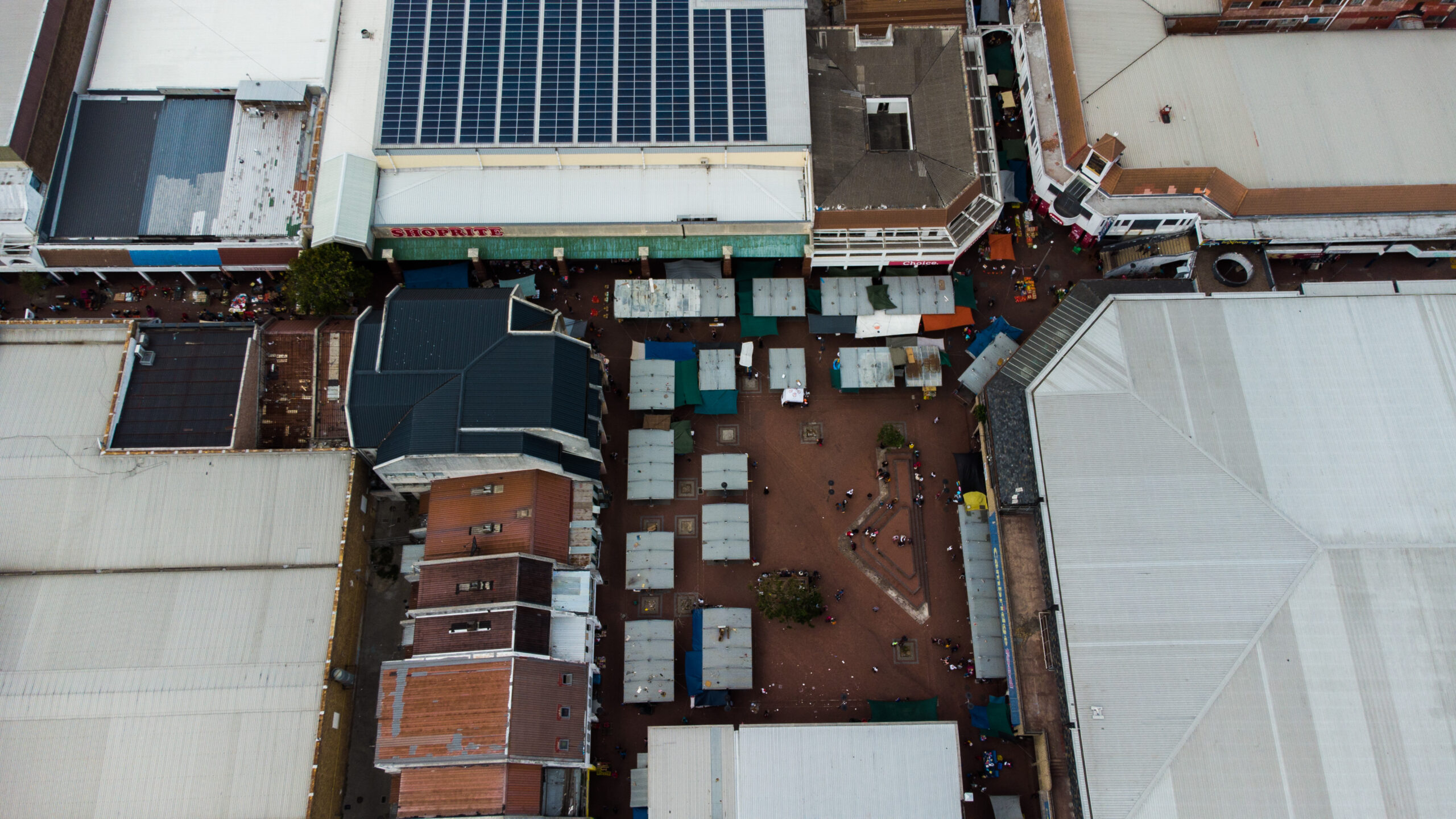Between Apartheid and Urban Design
The emergence of civic centres in the wake of World War II constitutes a significant chapter in South Africa’s urban design history yet is overshadowed today by the dark legacy of apartheid spatial planning. South African civic centres generally followed the example set by Great Britain, where public buildings and municipal offices were developed to establish the centre of a town. Whereas British civic centres mainly emerged from the post-war ‘civic pride’ movement, in South Africa, the liberal notion of civic space was compromised by escalating systems of racial segregation. Despite the constraints of apartheid, more than eighty civic centre projects took shape between 1940 and 1980. The projects took a variety of forms, ranging from large complexes encompassing several city blocks to smaller ensembles of two or more buildings. Under apartheid laws such as the Group Areas Act, civic centres were commonly designated as the ‘white CBD’ (central business district). Despite this monochromatic zoning, civic centres emerged as places of multiracial activity, owing to the ongoing dependence on non-white workers and consumers in a white-controlled economy.
This project employs oral histories, archival resources, and contemporary drone photography to unravel the significance of civic centres from three perspectives. Firstly, civic centres reveal deliberate attempts by urban designers to probe the sociocultural potential inherent in creating compact, pedestrian-centric environments against the backdrop of racial segregation. Secondly, in the context of industrial New Towns, civic centres became symbols of corporate autonomy, challenging the prevailing influence of the state. Thirdly, operating out of civic centre buildings, liberal political parties strategically positioned themselves to harness local government mechanisms to contest state authority. By illuminating the multifaceted nature of civic centres, this project offers a deeper understanding of South African urban design culture in the context of apartheid.
Hover Image: Mitchells Plain Civic Centre: Urban Designer- Cape Town City Engineers Department/ David Jack, Completed 1980. Drone Photograph by Author 2022.
